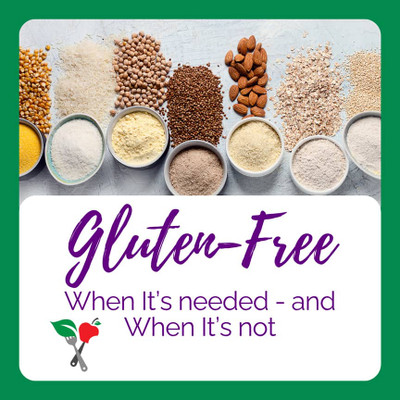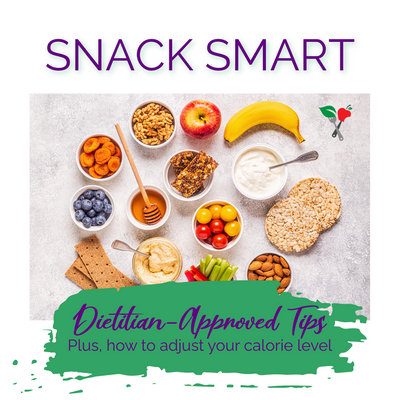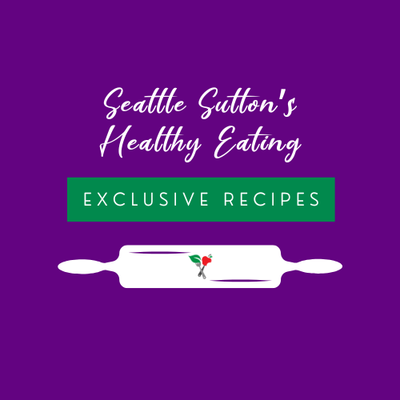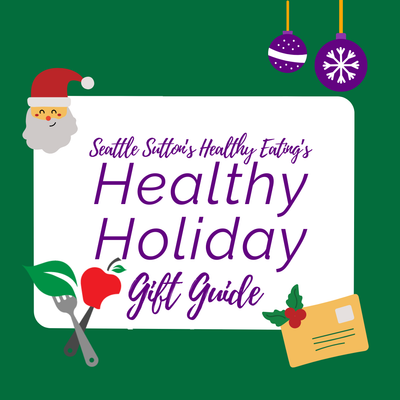Helping An Aging Parent With Healthy Eating
We all know that healthy eating is important at all stages of life and each stage comes with its own challenges. For older adults there can be many challenges to preparing healthy meals. Standing for long periods of time while preparing meals, seeing well enough for chopping fresh fruits and vegetables, getting to the grocery store, and even affording healthy ingredients may be difficult for the elderly.
If you are looking to help a parent or older relative stay on a healthy diet, here are some suggestions that might help.
1. Focus on whole grains - Grains are often easy to prepare such as oats, brown rice, and cereals. Short-cuts that can make grains even easier to prepare include frozen, pre-cooked bags of rice or quinoa that only need to be microwaved. Buying these easier to prepare items may make it easier to include at meal time. Be sure to look for the word “whole” in the ingredient list to be sure it is a healthier, less processed grain.
2. Increase fruit and vegetable intake - Oftentimes, waste is a concern with the elderly. Encouraging individuals to purchase a variety of produce that can be personalized for the amount they will eat, such as a small bag of grapes or just 1 or 2 apples instead of a large bag can eliminate waste all together. Also, opting for frozen fruits and vegetables. This allows them to prepare just the amount they are going to eat and leave the rest in the freezer for another time. Buying pre-cut fruits and vegetables may also help if they have vision difficulty or problems standing which would make it difficult for them to cut them on their own.
3.Offer to eat together - A common complaint is not wanting to cook for just 1 or 2 people, which often leads to ordering take out or eating a frozen meal which is not the healthiest choice. Inviting someone over for a meal or cooking a meal and bringing them a few servings to enjoy can help encourage more nutritious meals. Also, depression and loneliness can lead to a decreased appetite and intake. Having company for mealtime can encourage healthier intake with more variety.
4. Help read labels - Reading labels for sodium, carbohydrates, and fiber can become extremely important for managing different conditions commonly effecting older adults. It can be very helpful to assist with reading labels. Whether due to poor vision or confusion on what to be looking for, reading labels can get overlooked. For a low sodium diet try to choose foods with lower than 150 mg of sodium per serving. Also, it is generally recommended to keep carbohydrate intake between 45-60 grams per meals and to aim for around 25-35 grams of fiber daily.
5. Choose healthy prepared meals - Meal programs such as Seattle Sutton’s Healthy Eating can make serving healthy meals for seniors very simple. They do all of the shopping, cooking, and meal planning. Plus, all of the meals meet the guidelines from the American Diabetes Association, American Heart Association, and the Academy of Nutrition and Dietetics. Meals are directly delivered to your loved one’s house to be enjoyed with peace of mind.

Interested in eating healthy? Hungry for more?








 Weight Loss
Weight Loss Health & Wellness
Health & Wellness Diabetes
Diabetes Heart Health
Heart Health Motherhood & Family
Motherhood & Family Dietary Restriction
Dietary Restriction Other Health Conditions
Other Health Conditions About SSHE
About SSHE


